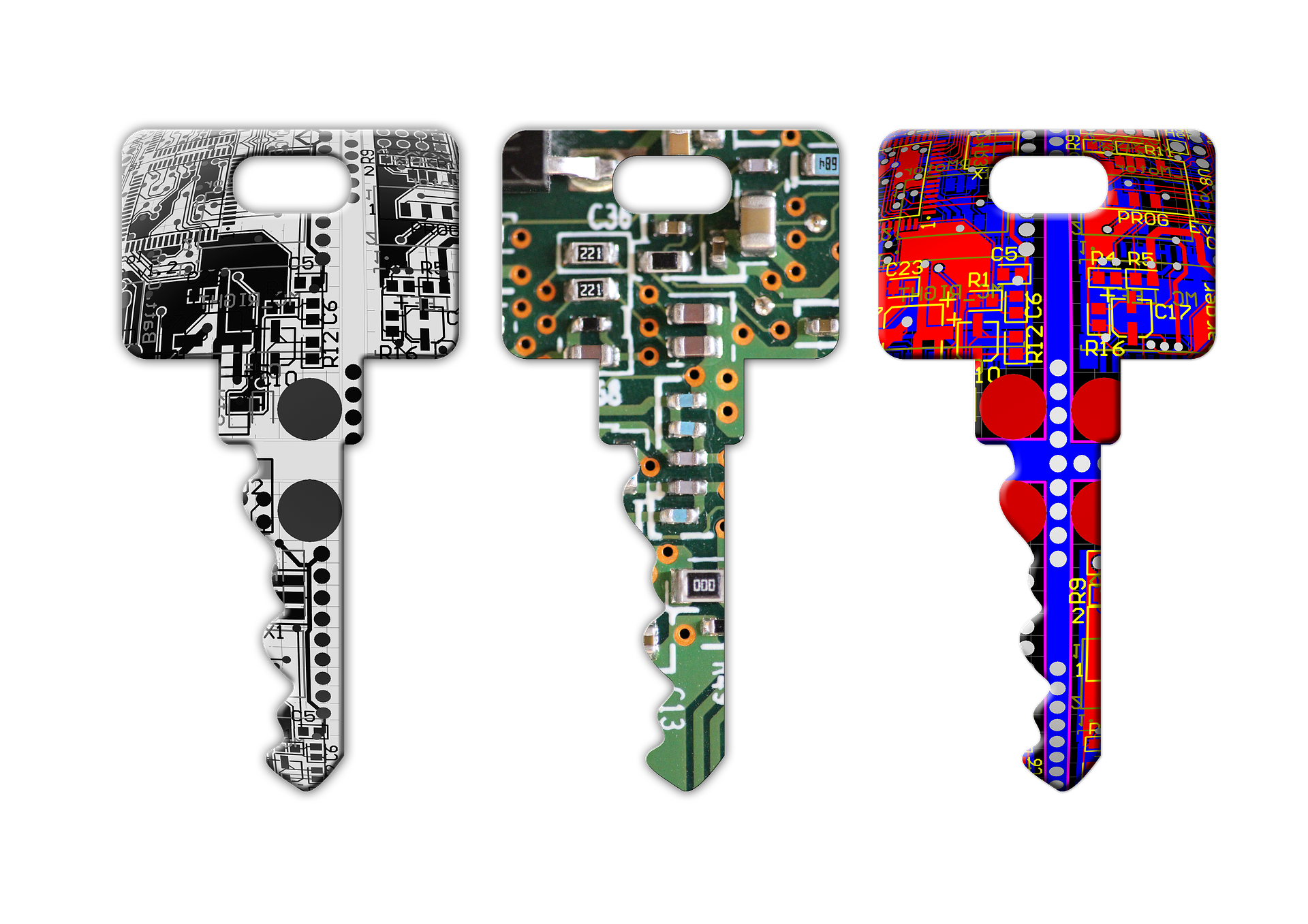Need someone to write your ICO white paper? Contact me at jennifer [at] pinkhatcode.com.
In Jan 2017, Bitcoin’s value was approximately $950. Cryptocurrency was expected to increase in popularity, but few investors expected the astronomical increase to almost $20,000 in December 2017. Bitcoins and other cryptocurrency provide investors with unfathomable profits and give individuals a way to store money in an unregulated industry with no central control.
Because of the potential wealth along with cryptocurrency’s safety from government regulations, developers and investors have looked towards creating alternative cryptocurrency (also called altcoins) to build an online ecosystem for people instead of banks. Building a decentralized application is much different than any standard cloud or SaaS software, so it requires the right developers and audience. In an effort to build revenue and a following, crowdfunding with an initial coin offering (ICO) is offered to investors, giving them some of the new digital coins when the application launches in exchange for standard currency to fund development.
The biggest hurdles for cryptocurrency initiatives is the uncertainty and instability related to digital coins, but recent developments show that digital currency is here to stay and provide investors with incredible returns on their investment.
Understanding Blockchain Technology
Decentralized applications were common in the 1990s, but they were soon replaced by centralized server-side software. Centralized software keeps all main assets and data on a central server and client machines connect to this server to get a copy of current data. Some applications run from an executable located on a central server.
In standard software, execution and processing runs on either the local desktop or on a server that sends data to the local desktop. All control is centralized on the server and any changes are distributed from the server. Blockchain technology is peer-to-peer based where each local machine has its own copy of the database. When changes are made to the database, it’s distributed to all other copies on other individual machines.
Blockchain technology was originally written for Bitcoin, which was designed and created by an unknown person or group of people named Satoshi Nakamoto. It’s open-source, and the GitHub [1] repository can be forked to build custom applications built on blockchain technology. It’s from this original source that modern blockchain, decentralized applications are built.
The value in distributed applications is that:
- No one person controls the application.
- There is no single point of failure.
Decentralized applications aren’t a new concept, but it’s a rebirth of the original Internet applications. For example, Napster was a peer-to-peer application where a user’s shared library was stored on their local machine and broadcasted to other Napster users. Users controlled their list of available music to the public, and it was the foundation of Napster’s lawsuit defense. [3]
With cryptocurrency, the blockchain is a central ledger database that keeps track of each transaction, but the ledger is copied and distributed among user computers called “nodes.” Each node is an individual computer, but together they form the blockchain application network as a community. A new block is added to the blockchain when a new transaction is made, and the transaction is then replicated to all other nodes on the network. The next transaction points to its previous transaction, so you have a contiguous block of transactions that continue to grow in a chain structure. The chain is essentially the database, but its structure is why its compared to a standard accounting ledger.
Each user stores currency in a wallet. Wallets work using a public-private key system similar to other encryption models such as PGP. The user’s private key is used to manage the wallet, and the public key is used to take payments from buyers. When a buyer sends money to a seller, the seller provides his public key and the seller sends money to it. In this way, cryptocurrency wallets can be linked to individuals if their public key is connected to the individual. Bitcoin is not anonymous, but other alternative digital currencies such as Monero have mechanisms that “anonymize” transactions and don’t allow the public to associate any address with the recipient’s identity.
Cryptocurrency and Building Blockchain Solutions
Because of blockchain’s distributed technology, any cryptocurrency built on it cannot be regulated by a central entity including government. No single entity controls the network, because each node contains a copy of the database and any changes must be accepted by the entire community network.
Countries such as Venezuela [2] where hyperinflation starve economic growth have the most benefit from cryptocurrency, but it’s a global market used by investors, buyers, sellers and ecommerce from all nations. Cryptocurrency is globally accepted but each platform has its own value determined by its usefulness and application. For instance, Monero’s value is in its ability to keep transactions confidential, which makes it one of the more popular altcoins.
The term “cryptocurrency” and “Bitcoin” are often used interchangeably, but Bitcoin is a type of cryptocurrency. Not all cryptocurrency is Bitcoin. Since the source code is open-source, it leaves the technology open to anyone who wants to create their own cryptocurrency.
Creating an alternative, digital ecosystem has its hurdles.
- Development and coding. Developers must understand the blockchain, smart contracts and decentralized applications, which are still relatively new.
- Security. Hackers can potentially steal hundreds of millions of dollars from exchanges, which can cripple a new currency. [4]
- Startup funds. Development of any currency is expensive, because it must be bug-free and stable to build user trust. ICOs offer small amounts of currency to investors in exchange for startup funds.
- Benefits for users that stand out from competitors. Several new cryptocurrencies have been introduced, so ICOs and developers must create an option that distinguishes it from competitors. For instance, Monero is anonymous and private compared to its Bitcoin competitor.
- Answers for inflation and saturation. Answers for supply and demand to control the price of coins.
- Build acceptance. Users must be able to buy tangible product or trade coins for real money for it to stay valuable to the public.
- Find miners. Cryptocurrency relies on miners to use their computer power to create new coins and distribute them into the ecosystem.
Caps in the number of available coins are where some users focus attention, even though mining all available coins takes decades. Bitcoins have a cap where only a specific number of them can by mined. For example, only 21 million Bitcoins are available. Monero (XMR), one of the more popular altcoins, does not have a cap but incorporates a tail emissions of 1% to stabilize value after approximately 18.5 million coins are mined.
Avoiding Pitfalls
Forked digital currency systems based on Bitcoin is relatively simple for a competent coder, but stable ICOs must find a way to stand out from competitors. Stability and trust are among the most volatile for cryptocurrency, and it’s these two factors that should be cooked into the business model. Although cryptocurrency is still relatively new, several scams and hacks have made users skeptical of new platforms.
Among the biggest examples of what poor security can do to an ICO is DAO. DAO raised $168 million USD in startup funds. In just a few weeks, the value of one DAO reached $.19. Within a few months, however, an attacker exploited a vulnerability in DAO’s smart contract system and was able to steal $50 million. Afterward, traders sold the cryptocurrency and the value dropped.
Dogecoin was another popular cryptocurrency that started as a joke but later gained popularity among the community. Alex Green, Dogecoin’s founder, eventually bought MintPal and took charge of fixing its bugs. It soon went offline citing a critical bug and never re-opened. Alex Green was not who he said he was, but instead was a scammer that had taken off with $4 million in user coins.
Corrupt exchanges and poorly secure platforms have plagued the cryptocurrency market. This makes building a trustworthy cryptocurrency a challenge for developers. It also makes it difficult for investors to crowdfund new digital currencies. From a user perspective, stability in a bug-free platform and security are the biggest attractions to a new platform. Confidentiality, continual growth in investments, and the ability to move money to and from other platforms are also important.
Finding the Right ICO
The increase in interest for cryptocurrency and investing has attracted developers and investors alike. An ICO offers tokens in exchange for physical money to build the system. These tokens are essentially a promise to provide the new digital currency to the investor. The ROI is in the increased price as the cryptocurrency increases its user base and interest.
ICO offerings are not always in cryptocurrency. They can also be in numerous other categories but still base their technology on the blockchain.
Before an investor will invest in an ICO, they look for:
- Proper documentation in a white paper that explains the developer’s intent and technology.
- A history of the developers successful projects.
- The cryptocurrency’s market need that fills a gap that no others fill.
- The number of tokens that will be given to investors — too many will devalue the coins.
- Quality of the code in GitHub (for technologically sound investors).
While investors take tokens in exchange for providing funds, it’s important to remember not to give too many tokens. This has a negative impact on the value of an ICO. Too many tokens looks suspicious, and it will make building a user base more difficult.
Evaluate the amount of funds needed for the entire development life cycle. Poorly funded projects fail due to lack of moneys available for development, testing, launch and then maintenance after initial deployment. Should a project be poorly funded, all investments are lost and the platform could go bankrupt. Because cryptocurrency deal with people’s funds, the testing phase should be exhaustive.
Conclusion
Building a cryptocurrency platform is a high risk, high reward system. Planning is needed along with strong documentation that explains concepts to investors for a successful ICO. It’s not enough to fork the Bitcoin repository, make a few changes and then launch a cryptocurrency that’s similar to all others on the market. Find a unique market gap and use it to develop a unique system that builds on user trust, security, and stability.
Citations
[1]. Bitcoin/Blockchain GitHub repository: https://github.com/bitcoin/bitcoin [2]. Big in Venezuela: Bitcoin Mining: https://www.theatlantic.com/magazine/archive/2017/09/big-in-venezuela/534177/ [3]. Copyright and Peer-to-Peer Music File Sharing – The Napster Case: https://www5.austlii.edu.au/au/journals/MurUEJL/2004/7.html [4]. $530 million Lost in Cryptocurrency Exchange Hack: https://time.com/money/5121955/nem-coincheck-hack/







